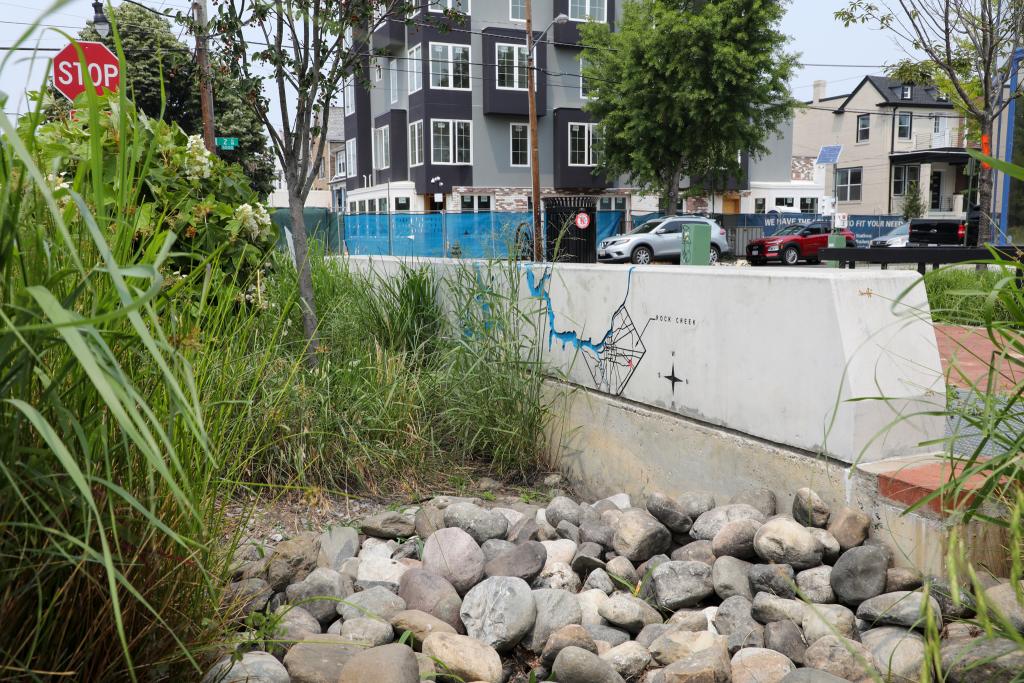Galvanized Plumbing FAQs
About DC Water
Resources
Upcoming Meeting
Board of Directors Meeting
April 24, 2023
Monday 9:00 AM
What's Going On
Work With Us
Latest Blog Post

Leveraging Green Infrastructure for the Triple Bottom Line
Leveraging Green Infrastructure for the Triple Bottom LineUpcoming Meeting
Upcoming Events
Apr 27
11:00 am
- 1:00 pm
Apr 30
6:00 pm
- 8:00 pm
May 6
6:30 pm
What you might be looking for?
You might be looking for?
You might be looking for?
You might be looking for?

